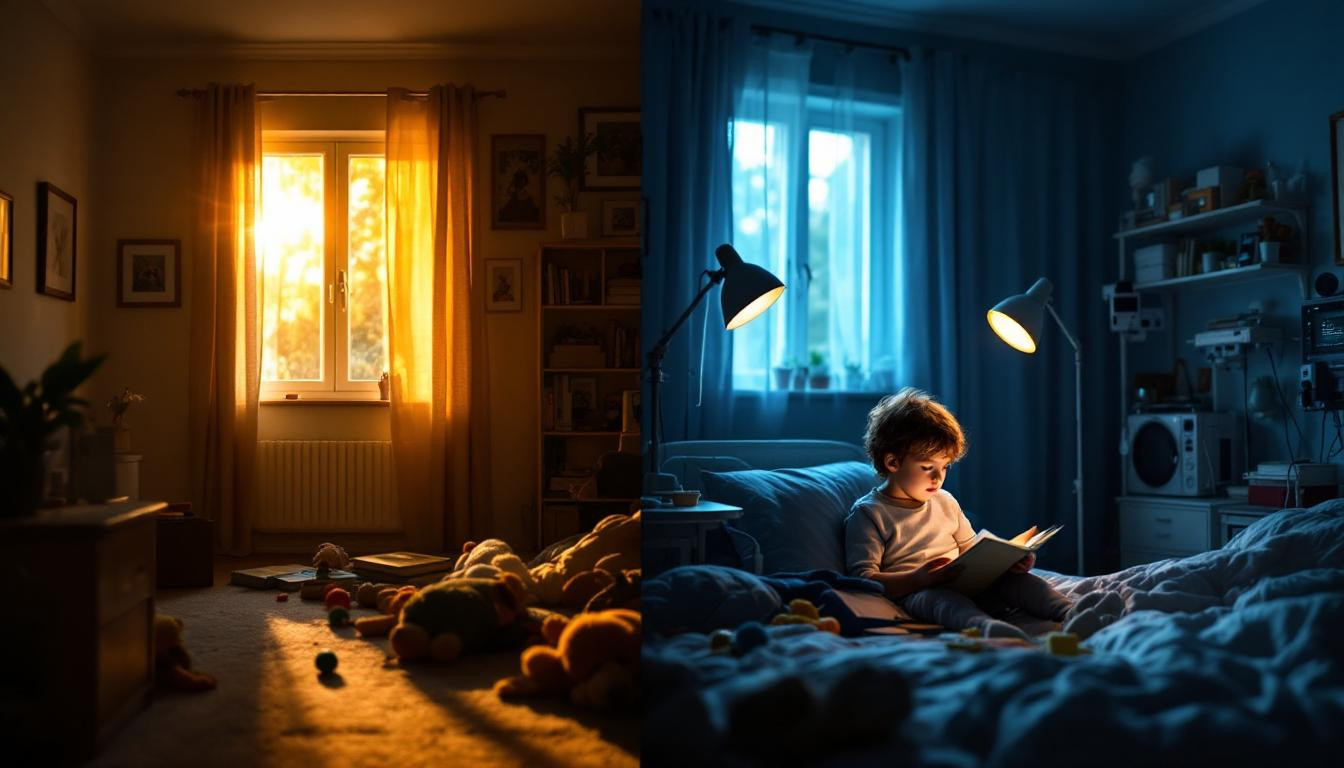In the shadow of more common genetic disorders, xeroderma pigmentosum (XP) exists as a rare yet devastating condition affecting approximately 1 in every million Americans. This genetic disorder essentially disables the body’s ability to repair DNA damaged by ultraviolet light, turning sunshine—life’s most abundant natural resource—into a deadly threat. For those living with XP, even brief sun exposure can trigger rapid skin damage, extreme burning, and dramatically accelerated cancer development.
The genetic betrayal behind XP
XP occurs when mutations affect genes responsible for nucleotide excision repair (NER), the cellular mechanism that normally fixes UV-damaged DNA. “What makes XP particularly devastating is that these repair mechanisms are our first line of defense against sun damage,” explains Dr. Maria Chen, dermatogenetics researcher. “Without them, UV radiation creates unchecked DNA mutations that rapidly lead to cancer development.”
Early warning signs parents shouldn’t ignore
For Sophia Martinez, whose daughter was diagnosed at age 2, the first clue was unusual. “After just minutes outdoors, her skin would turn bright red and develop severe blistering—far beyond normal sunburn.” Other early indicators include:
- Extreme freckling in sun-exposed areas before age 2
- Persistent sunburns that seem disproportionate to exposure
- Changes in skin pigmentation resembling premature aging
- Eye irritation or cloudiness when exposed to sunlight
Living in perpetual darkness: The daily reality
For those with XP, life becomes a carefully orchestrated dance with darkness. Windows must be covered with UV-blocking film, outdoor activities happen only after sunset, and protective clothing becomes as essential as skin itself. Like nocturnal creatures evolved for darkness, XP patients adapt to a reversed world.
The staggering cancer risk
Perhaps most alarming is the cancer risk—XP patients are approximately 10,000 times more likely to develop skin cancers compared to the general population. Many experience their first skin cancer before age 10, with some developing hundreds of cancerous lesions throughout their lifetime.
“Each UV photon that reaches their skin is like a tiny bullet aimed at their DNA,” explains Dr. James Harrington, oncologist specializing in rare disorders. “What their bodies can’t repair becomes a potential cancer.”
Protecting vulnerable skin requires vigilance
Protection strategies for XP patients include:
- Special broad-spectrum sunscreens applied constantly (learn about advanced sunscreen options)
- Protective clothing, gloves, and UV-filtering face shields
- Regular skin examinations to catch cancers early
- Vitamin D supplementation to compensate for sun avoidance (understanding vitamin D importance)
The neurological complication few know about
For approximately 25% of patients, XP also affects the nervous system, causing progressive neurological deterioration. This can include hearing loss, difficulty walking, cognitive decline, and swallowing problems—complications completely unrelated to sun exposure.
Hope on the horizon: Emerging treatments
Recent research has focused on topical enzymes that can enhance DNA repair when applied to the skin (innovative skin treatments). Other promising approaches include gene therapy and specialized protective cosmetics that both shield and repair.
“We’re developing creams containing photolyase enzymes encapsulated in liposomes that can penetrate the skin and essentially do the repair work these patients’ cells cannot,” notes Dr. Chen.
How can we brighten the darkness?
Living with XP means finding light in unlikely places. Support groups connect isolated patients. Nighttime events replace daytime activities. And specialized skin treatments help manage visible symptoms. For these individuals, sunshine exists as both life-giver and life-taker—a paradox they navigate daily with remarkable resilience. By understanding rare conditions like XP, we gain not only scientific insight but profound appreciation for the fragility and adaptability of human existence.
